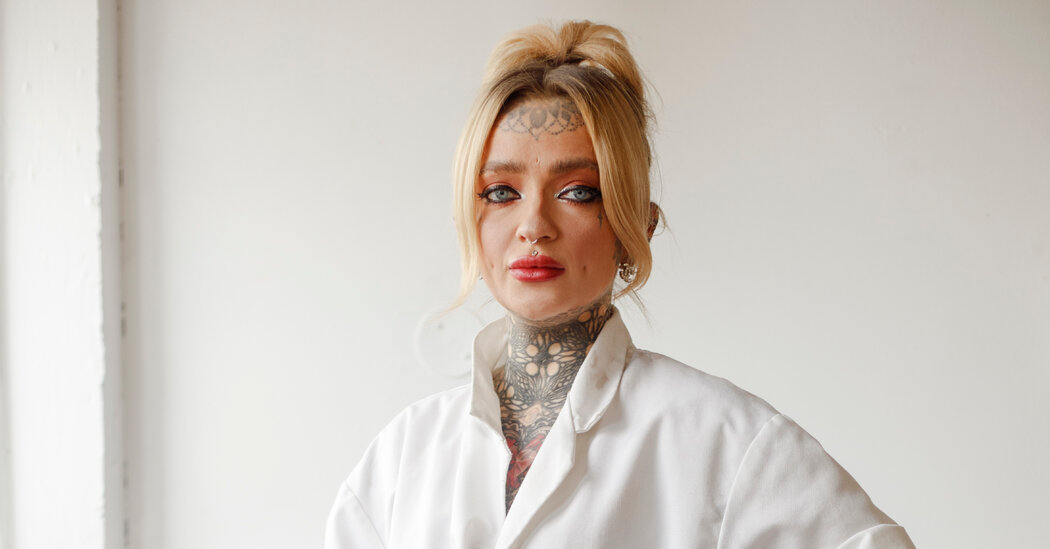“Jewelry can be specific to certain areas, and there are certain unique things about jewelry that can help you almost read a person’s life. That’s what Maria does.”
For almost five years, Dr. Maclennan also teaches three-week programs on forensic jewelery at the Edinburgh College of Art, part of the University of Edinburgh, where she is a senior lecturer in jewelery and silversmithing. (She also just completed a diploma in diamonds and diamond grading from the London branch of the Gemological Institute of America.)
Aditi Ranganathan, 22, a final year textile design student, attended two of the programs early in her studies. “I still talk about it to this day because I think it shows that as creatives we can exist in many different spaces,” she said. “When a lot of people think of a jeweler, they think, ‘Oh, wedding rings,’ but the fact that Maria can use her craft to help people is a really cool thing.”
The main tools for identifying victims are DNA, fingerprints and dental records, says Dr Maclennan. And while jewelry alone isn’t enough to make a scientific forensic identification, it does have a useful place as what she calls a “secondary identification.”
“Jewelry is robust,” she said. “It can survive a lot of trauma, and unfortunately it can survive the human body.”
In addition to obvious connections such as names or dates engraved on wedding rings, “there may be a physical clue or mark on the jewelry that tells us when it was made or purchased, or who made it or who bought it . she said. (In Britain, for example, some jewelry is stamped by a government inspection agency with icons called hallmarks, which indicate details such as the type of metal, the date and the maker’s mark.)





